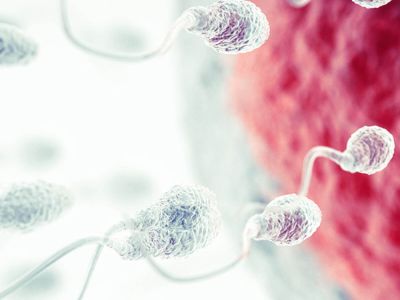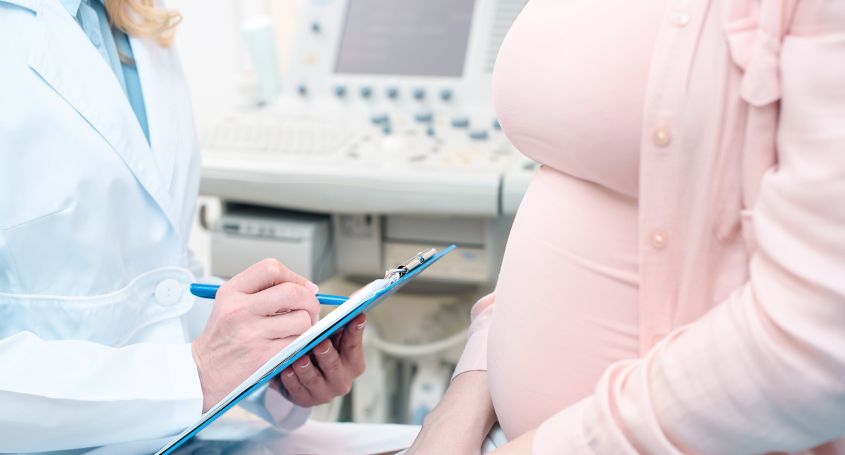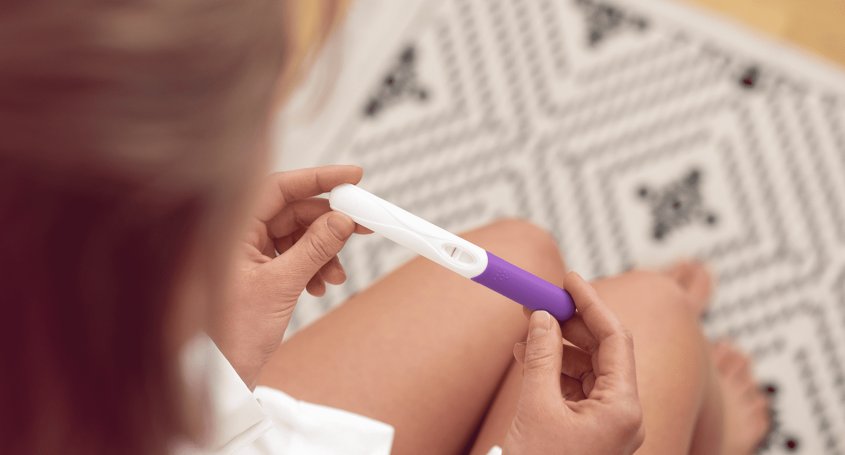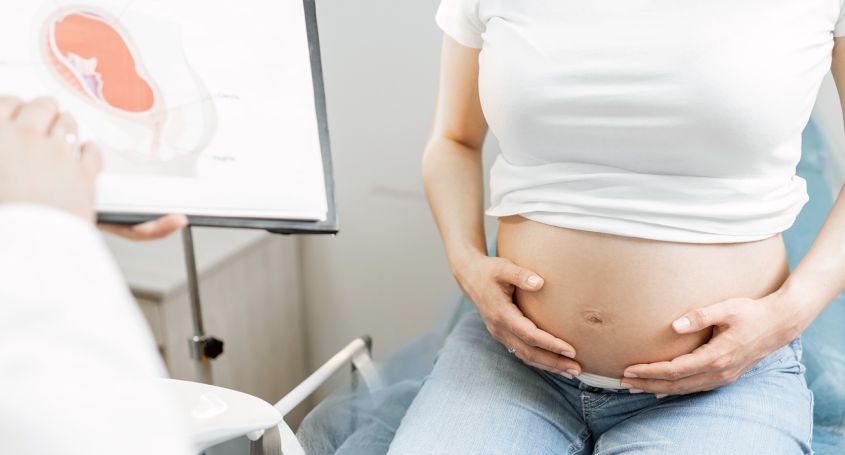Getting pregnant is not always easy, and when it doesn't happen, the wait can be an emotionally difficult experience. When the search lasts more than a year, or more than six months in women over 38, something may not be working as it should, and a basic fertility test is recommended to understand what may be happening.
Why are basic fertility tests important?
These tests can detect possible causes of infertility in both women and men and help assisted reproduction specialists determine the most appropriate treatments. They also provide clarity to patients, who can then make informed decisions about the next steps.
Main tests to assess fertility
1. Hormone profile
The study of a woman's hormonal profile allows for the identification of menstrual cycle disorders and the estimation of her ovarian reserve .
The levels of follicle-stimulating hormone (FSH), luteinising hormone (LH) and progesterone are analysed, as these are key to detecting possible ovulatory disorders. In addition to this, the measurement of anti-Müllerian hormone (AMH) currently allows for the evaluation of ovarian reserve.
This hormone has the advantage that it can be measured at any time during the cycle. FSH, LH and oestradiol can also be requested, but to assess ovarian reserve, they must be measured between days 2 and 5 of the menstrual cycle.
2. Ultrasound
Ultrasound is a simple, non-invasive tool that allows the morphology of the uterus and the condition of the endometrial cavity to be assessed. It can detect polyps, fibroids or other abnormalities that could hinder embryo implantation and development.
In addition, this diagnostic technique allows the size of the ovaries to be measured and the patient's antral follicles to be counted. This data, together with AMH levels, allows an accurate estimate of ovarian reserve to be made.
3. Hysteroscopy and hysterosalpingography
Hysteroscopy allows the inside of the uterus to be explored with great precision. This test is recommended when there is suspicion of some type of uterine pathology.
Hysterosalpingography, on the other hand, evaluates the permeability of the fallopian tubes. At Barcelona IVF , we use the HyFoSy ExEm® Foam procedure, which allows us to evaluate the permeability of the tubes in real time, without resorting to X-rays with iodinated contrast or laparoscopic surgery.
4. Semen analysis
Semen analysis is the standard test for assessing male fertility. It evaluates the quantity, motility and morphology of the sperm. If abnormalities are detected, it may be necessary to complete the study with a complete genetic analysis of the semen.
Thanks to the results of these basic infertility tests, it is possible to identify the cause of infertility and define a treatment strategy tailored to each patient.
Knowing your fertility is the first step towards making informed decisions. If you have been trying to get pregnant without success, we recommend that you consult a fertility specialist.
Dr Cristina Guix
Expert fertility gynaecologist at Barcelona IVF


















